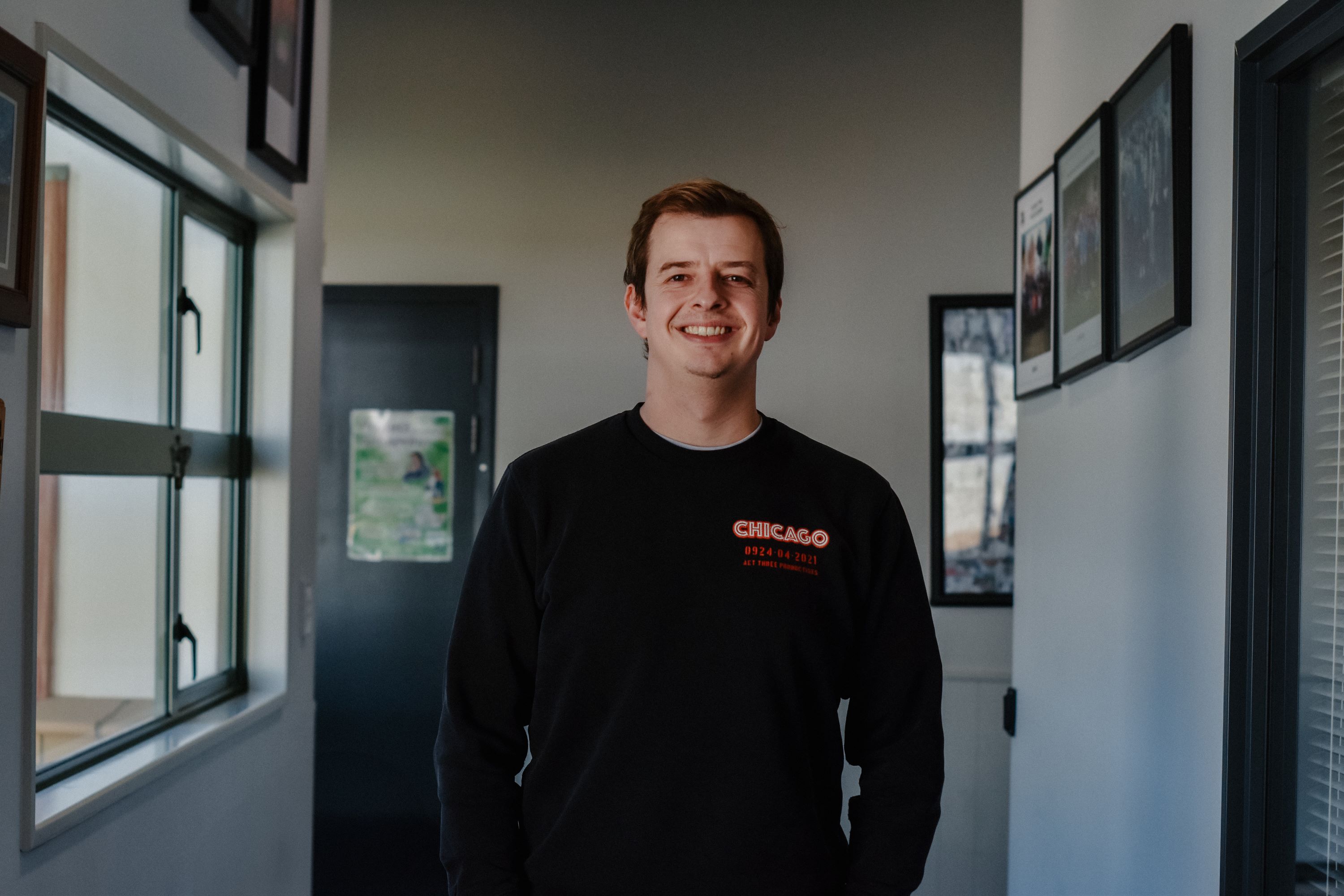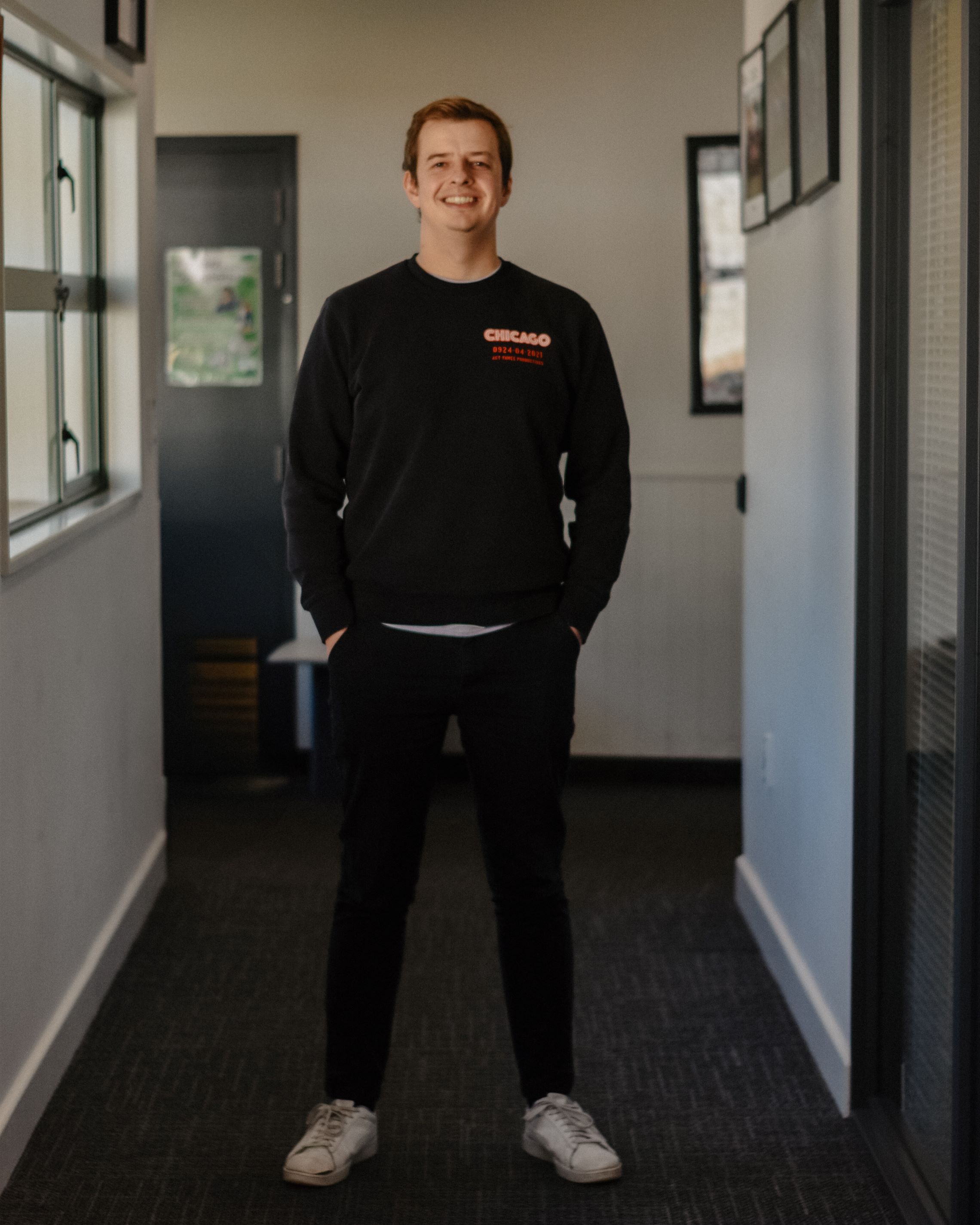Psychology helps staff and young people at youth residences
Published: November 5, 2025
When Lindsay Yeo traded in his job in the education sector to work at Te Au rere a te Tonga youth justice residence in Palmerston North, he wasn’t sure what to expect.

After a friend flagged a job working as a Senior Psychologist at Te Au rere a te Tonga with Lindsay Yeo, he thought it couldn’t hurt to throw his hat in the ring.
3 years later he’s loving it and is enjoying helping create a psychologically safe environment for young people so they can focus on working on themselves.
Lindsay’s journey to Senior Psychologist
Yeo trained as an Educational Psychologist at Massey University and then did an internship with the Ministry of Education before he started working in the severe behaviour area.
“I did that for about 6 years and then this job came up.”
He was successful with his application to become the Senior Psychologist at the Palmerston North based Youth Justice Residence, but said when it came time to start, he really didn’t know what he was coming into.
The importance of connections within the residence
What surprised him more than anything was the kids were connected and they were in their common areas quite a lot.
“I thought what most people probably think, which is that it’s a youth prison. I didn’t know what that looked like, I knew it was different to adult prison, but I didn’t know how."
“You have some quite high-risk offenders together a lot of the time and a lot of the time the only real safety the staff have out there is their rapport with the young people and their relationships, but they do an incredible job keeping everyone safe, keeping things relaxed.”
Introducing WTF – What’s The Function
WTF signs on the doors at Te Au Rere a te Tonga are one of the first things you see when entering staff areas. But Yeo explained, that doesn’t mean what you might think.
“My first training I did here 3 years ago was about the function of behaviour – which is either to get or avoid something."
“If a young person is acting out, I told staff to think WTF – What’s The Function - and work out what the kid is trying to get or avoid by acting like that, what’s this young person trying to achieve, so you can then work with them appropriately.”
The WTF signs still dotted around are a sense of pride for Yeo, and he said he still hears staff talk about What’s The Function, showing how the training made an impact.
Creating safety through structure and warmth
The first pillar of trauma informed care is safety. It’s being safe and finding that balance of structure and warmth.
“If it’s all structure and no warmth the kids feel like ‘oh the staff hate us’. If it’s all warmth and no structure they feel like the staff don’t know what they’re doing so the kids deal with it with their own tools, violence etc. But if it’s both structure and warmth then the kids look at the staff and go, ‘they’ve got this’."
You can see it in the young people here, they feel like they can relax and not worry about their safety so much, not always have to be on edge when that balance is correct.
Lindsay Yeo , Senior Psychologist
For some young people in the residence, being able to relax is a new feeling, Yeo said.
Supporting young people to build better lives
An Oranga Tamariki value he says he likes to think about when talking about this work, is that ‘oranga’ is a journey.
“One of the reasons I like that is you have kids here who it is rock bottom, they have hit that, and this is the moment where it could be a really important moment in their lives and as staff you can have really important influence, you are one small piece of their lives but you can have an impact."
“But it’s also not on just the staff, it’s also up to the kids."
“If you provide the best care you can while they are here, they can grow and change, and we can give that young person skills to make a better life for themselves.”


